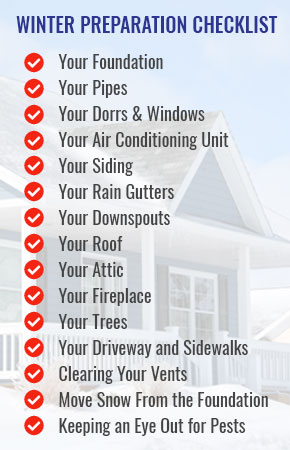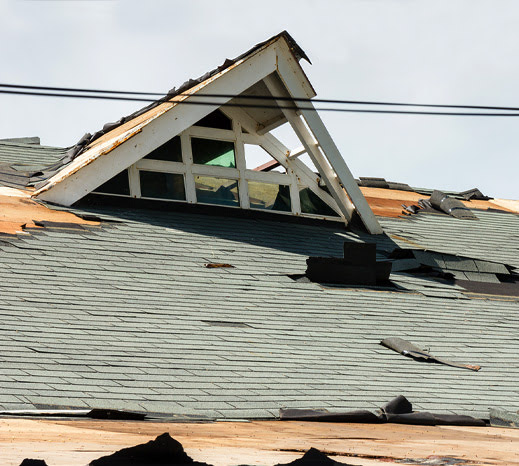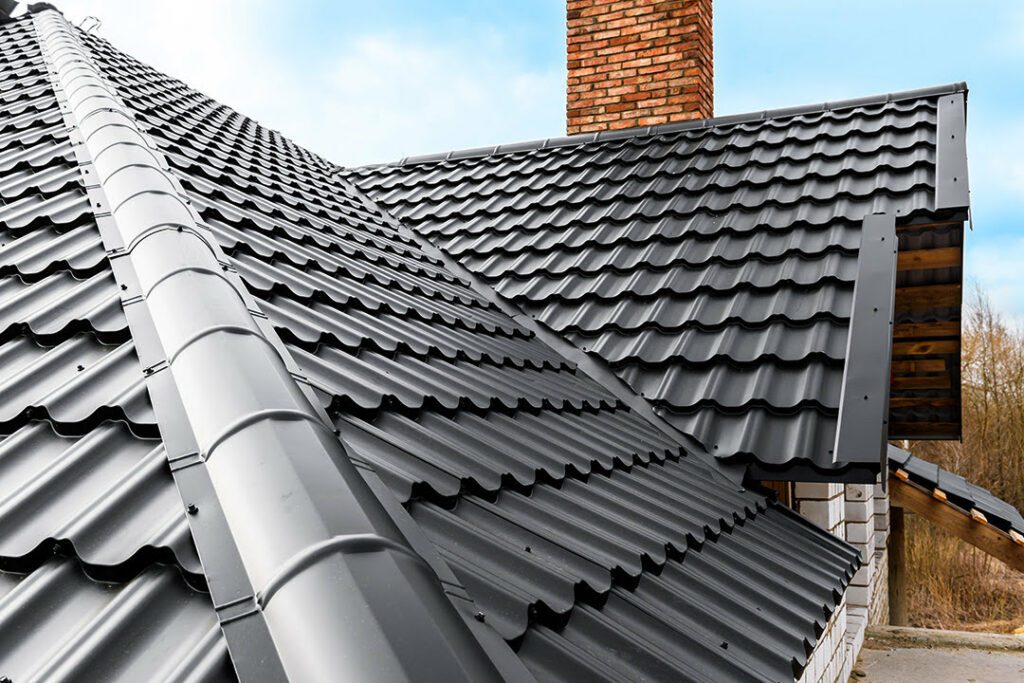Virginia may be known for our mild climate, but even we can’t escape the clutches of winter. It is important to make sure your home is ready for whatever winter brings. To help you ensure you and your family stay warm and dry this winter, here is our handy winter checklist.
Before Winter Begins
The key to preparing your house for the winter months lies in preventative maintenance. Before the first frost of winter it is important to check:
Your Foundation
A small crack or two doesn’t seem like much, but a cracked foundation could be a sign that a much bigger problem is forming. Make sure to assess your foundation thoroughly every year and make a note of any cracks or other damage that has become noticeable. A cracked foundation could indicate that the ground beneath your home is shifting, which puts strain on your house in ways the builder might not have intended.
Aside from potentially creating significant problems, cracks can allow water to seep into your foundation allowing damage to your base and/or foundation as a result. As water freezes it expands, making the cracks worse and increasing the chance of secondary damage.
Your Pipes
A burst pipe is a nightmare no homeowner wants to deal with. Even a small dip below freezing can put your pipes at risk, so ensure they are adequately insulated before winter begins. If your house has any outdoor taps, make sure they are disconnected and drained before winter comes.
Make sure the temperature in your house does not drop below 55 degrees. If you are planning on being away for a while, you should ask a family member, friend, or neighbor to check on your home periodically. This way any problems that do occur can be addressed straight away.
Your Doors and Windows
Cracked or worn out door and window seals allow heat to escape, increasing your heating bill. Make sure to check all of the windows in your home to make sure they are sealing properly. Poorly sealed doors and windows can also allow moisture into your home, causing secondary problems such as mold, warping, mildew, and wood rot.
Take this opportunity to swap your door and window screens for storm doors and windows. While swapping these items out, take a look at your doors, screens, and windows to make sure they are not damaged.
Your Air Conditioning Unit
Make sure to clear any leaves and other debris away from the vents on your air conditioning unit. This will extend the life of your unit, and make it easier to keep it in working order.
Before the snow falls, make sure your air conditioning unit is covered. This will prevent snow and ice from building up on top of it.
Your Siding
If your siding is cracked or damaged it not able to keep water out effectively. If water seeps under your siding, it can cause several problems including mold and mildew. You likely don’t look under your siding very often, so these problems can go unnoticed. If they are allowed to progress it could result in extensive damage and a hefty repair bill.
Make sure to go over your siding carefully, and make a note of any spots that appear to be damaged.
Your Rain Gutters
A clogged rain gutter can cause a lot of problems, including ice dams. An ice dam refers to a ridge of ice that forms along the edge of your roof and keeps the melted snow from properly draining. As the water backs up behind the dam it can end up leaking into your home, damaging your insulation, walls, and ceilings.
Make sure your gutters are clear of any debris such as leaves and twigs before the first snowfall. If you find your gutters are getting clogged on a regular basis you may want to consider investing in a gutter guard to make cleaning easier.
Your Downspouts
Make sure that your downspouts are securely fixed to the side of your home, and be sure to reattach them if they are loose or sagging.
Your Roof
Fresh snow can weigh as little as three pounds per square foot. In contrast, wet snow can weigh, as much as twenty-one pounds per square foot. Though a roof in good condition should be able to withstand up to four feet of snow, that is a lot of strain to put on your roof.
It is important not to forget to assess your roof once per year for damage.
It is a good idea to have your roof assessed by a professional every fall so that there is ample time to get any repairs done before it begins to snow. A damaged roof may be susceptible to mold and mildew problems.
Your Attic
When inspecting your roof, it is important not to forget to assess your attic as well. Standard attic requirements state that homes must have 12 inches of insulation. 12 inches of insulation. If you need to add more insulation or replace the insulation that is already there, make sure your insulation is free from paper backing so you can avoid moisture problems. A properly insulated and ventilated attic is key to keeping the snow that does gather on your roof from melting and potential forming ice dams.
You should also keep an eye out for water stains, since this may indicate there is a leak in your roof. If you do find any indication of a leak, make sure it is repaired as soon as possible. A speedy repair is key to minimizing damage.
Your Fireplace
If your house is equipped with a fireplace make sure you check it before winter comes and after spring arrives. A blocked chimney or firebox can cause a house fire, as well as allow carbon monoxide to build up in your home. You should also check to make sure that your fireplace isn’t drafty. If your fireplace remains cold even when the damper is closed, it may mean that your damper is rusted, worn, or warped.
Before you begin using your fireplace this winter check that your chimney is free from pests, creosote buildup, and debris.
Your Trees
While large trees add character and grandeur to any home, their overhanging limbs can also be a potential hazard. Wet snow is heavy and can weigh down branches, causing them to break. If any tree branches are hanging over your house or nearby power lines make sure you trim them before it begins to snow.
Your Driveway and Sidewalks
While cracks in your driveway or sidewalk can be unsightly, they could also indicate that there is a more significant problem. If the concrete or asphalt near your home is beginning to sag, it may suggest that the soil beneath it is starting to erode.
Driveways and sidewalks that are sagging and cracking may also inadvertently be funneling water towards the foundation of your home or garage, causing secondary problems.
During the Winter
If you do find any indication of a leak, make sure it is repaired as soon as possible. A speedy repair is key to minimizing damage.Throughout the winter you should make sure you are:
Clearing Your Vents
When snow and ice build up in your vents, it makes it difficult for your heating system to regulate your home’s temperature effectively. A blocked vent might seem minor, but it can put unnecessary stress on the whole system causing moisture to build up in your home. Moist areas are breeding grounds for mold and mildew, which can cause all sorts of additional problems.
Moving Snow Away From the Foundation
Always make sure to move snow away from the foundation of your home when clearing your sidewalks and driveway. Choose a spot on your property that will allow melting snow to drain away from your home and towards the drainage.
Keeping an Eye Out for Pests
People aren’t the only ones looking for a cozy place to spend the winter. Mice, rats, squirrels, and cockroaches will happily take up residence in your home. Check your home for any signs of pest activity, and make sure to patch any cracks or holes that pests could use to enter your home.
Conclusion
As the saying goes: The best offense is a good defense. By reviewing your winter checklist annually you can help keep your home warm, dry, and pest free all winter long.





